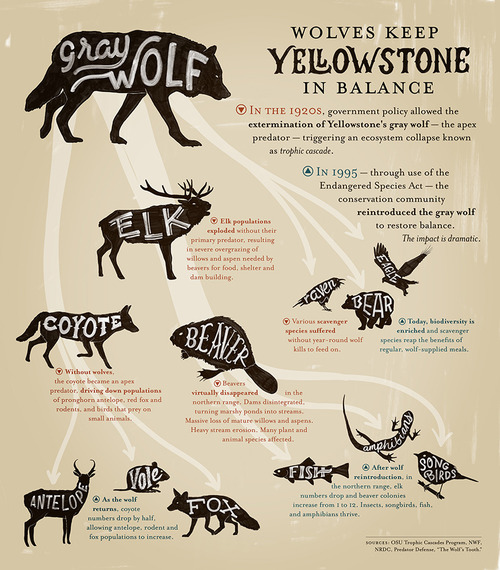
There were two components to our research: analysis of social enterprises’ impact communications, and consumer insights.
We looked at a variety of different social enterprises in various sectors and collected social impact communications examples that were both visually appealing and informative, including: infographics, videos, statistics, stories, blog posts, and impact reports. We then used these examples in our consumer interviews to better understand what consumers like and do not like when learning about an organization’s social impact.

We interviewed seven different people for the consumer insight component of our research. We interviewed people who have already interacted with Global Mothers several times along with people who had never heard of them. We wanted to know how people interact with different social impact measurement tactics and what their preferences are, to gain insights from current consumers and other socially-conscious individuals to understand what Global Mothers is doing well and what the need to improve upon. Below are a couple of social impact examples that our interviewees really liked:
We also conducted some additional research regarding measuring empowerment. Our client requested a method to measure the well-being of the artisans: their feeling of self-worth, their mental, physical and emotional state along with their sense of pride. We looked at a variety of different sources included: United Nations, World Bank, Feed the Future. We landed on the Happy Planet Index (not to be confused with Gregor Robertson’s Happy Planet juices), which has three components: ecological footprint, experienced well-being and life expectancy.
That’s all for now! Stay tuned for our strategies and key takeaways!!
Published by: Reg Dick in Behind the Scenes, Impact Measurement Strategy, Research